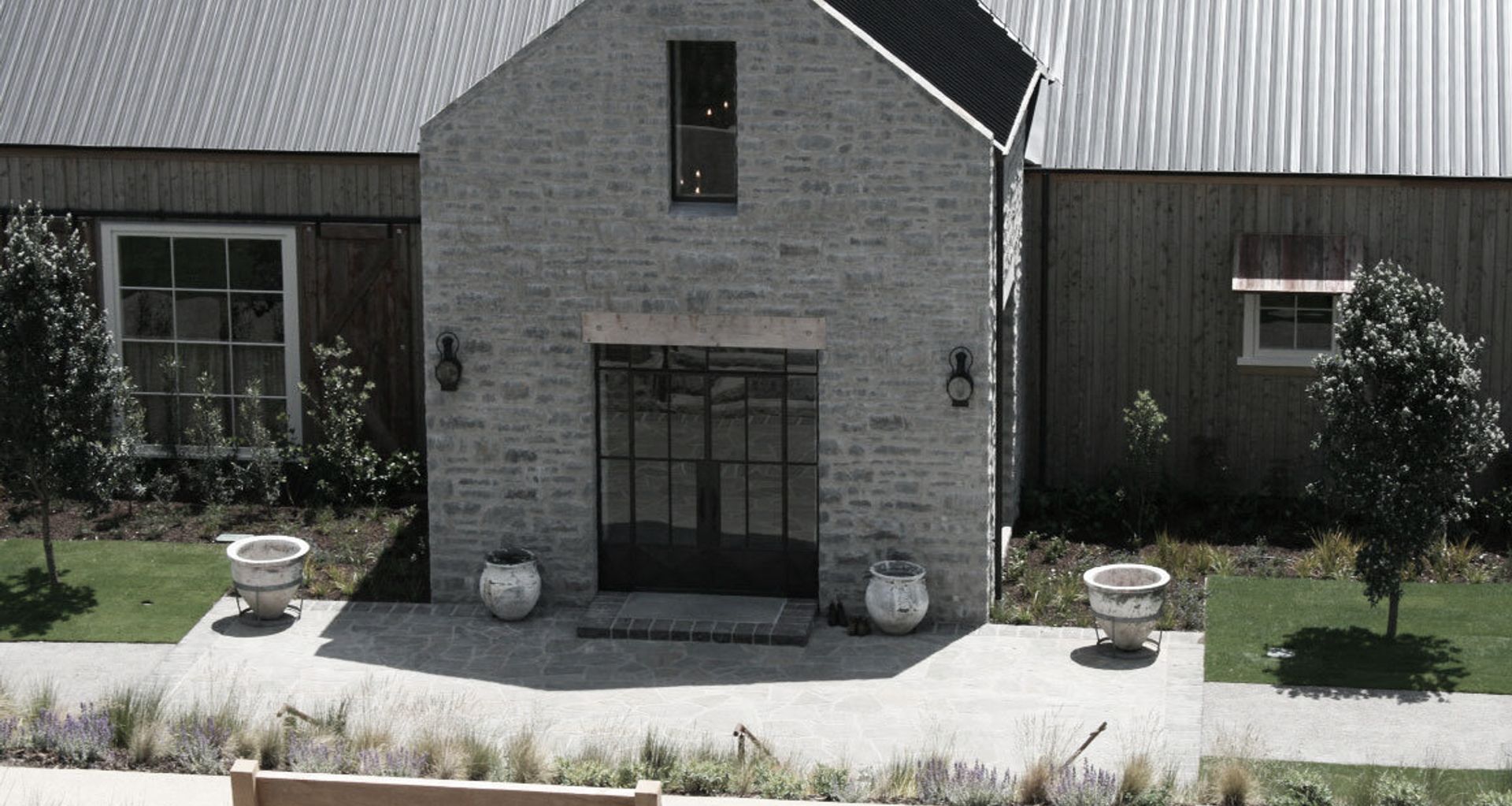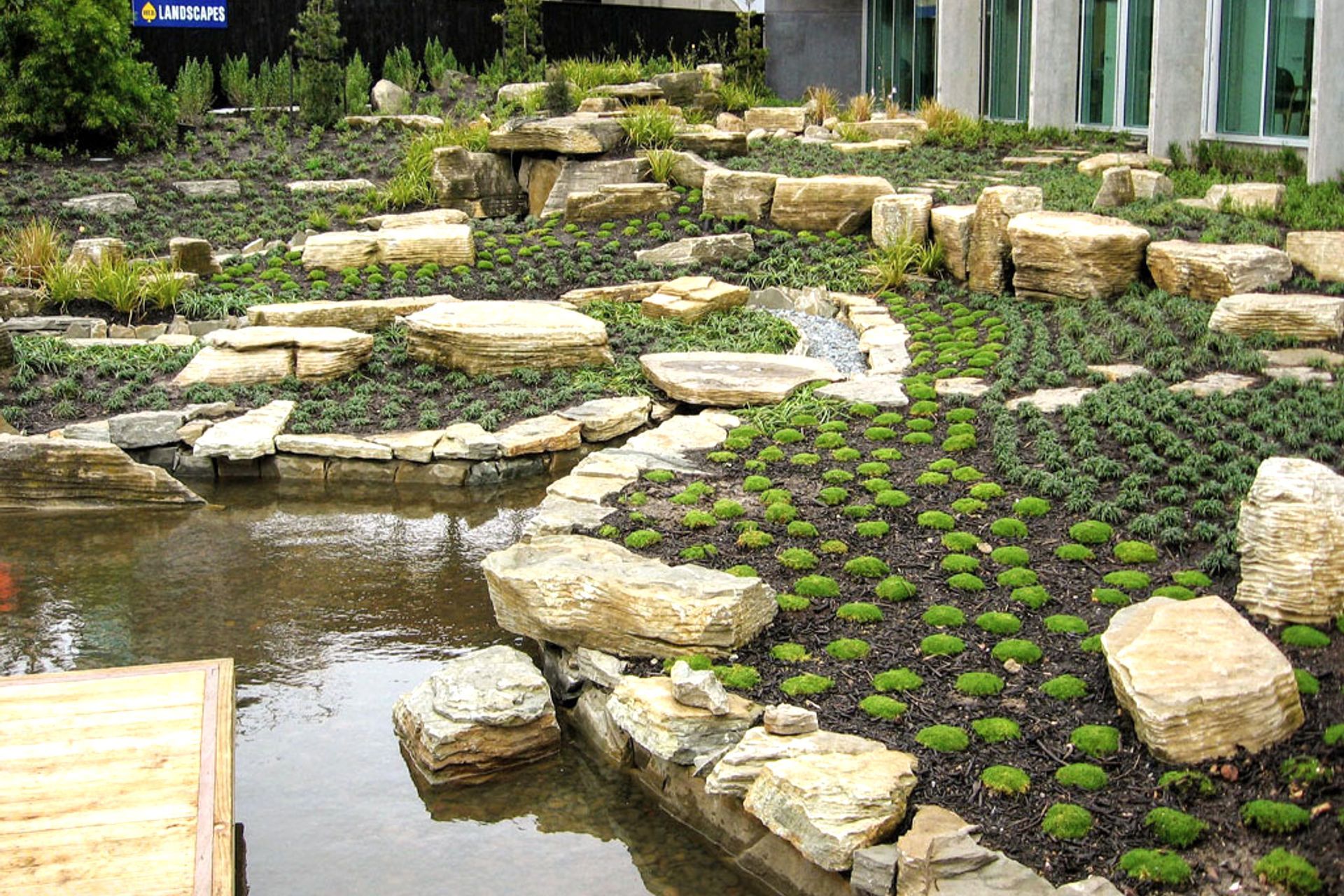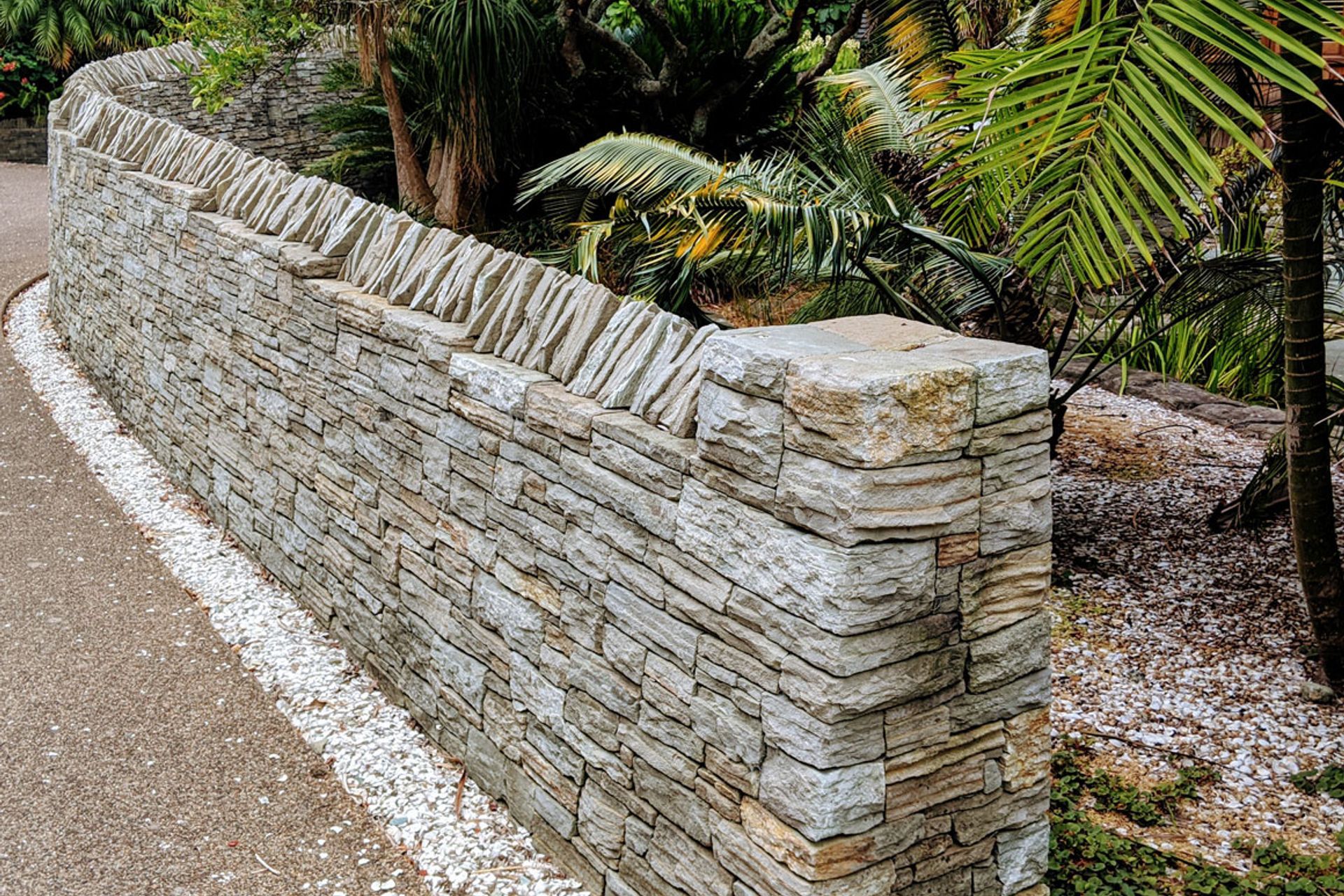Looking to incorporate stone into your next project? Here’s what you need to know.
Written by
12 August 2021
•
5 min read

Stone; one of our most trustworthy building materials. It requires almost no chemicals to produce or maintain; emits no hazardous airborne pollutants; is water-resistant and durable; and, can be repurposed almost infinitely. There is, quite literally, nothing it can’t do.
Naturally then, you’ll be wanting to incorporate stone into your next build. Mark Draskovich from Paradise Quarry, a boutique quarry in Whangarei, suggests familiarising yourself with some basic concepts before you get started so you have a better understanding of which stone will best integrate into your design project.

Natural stone—healthy and sustainable
“One of the many benefits of natural stone is that it contains no harmful chemicals or toxins. Therefore, when you incorporate it into your interior environment, you can rest assured that there will be no off-gassing of VOCs from the stone products.
“Also, Paradise Stone is quarried and manufactured sustainably in New Zealand, which gives the client an advantage over using imported stone as it supports Kiwi business and with low mileage travel across the North Island we can lower the client’s carbon footprint.”
Improved methods of quarrying, extraction and fabrication have led to increased options and reduced costs for stone products, making natural stone easier to use and more desirable than ever.
“Paradise Quarry is working towards becoming even more eco-friendly through practices that support sustainable design requirements by conserving resources, preventing pollution and minimising waste,” says Mark.
While extraction means there is a higher initial investment, Mark says, these costs are offset by lasting durability, low long-term maintenance costs and thermal benefits.
Stone is exceptionally durable. It stands up to high traffic and use in areas like courtyards, swimming pool areas, entrances, foyers and kitchens. It can last for well over 100 years.
Then there’s the ease of care and maintenance it offers.
“You can apply a wide range of fabrication options and finishes to natural stone to enhance its performance and extend its life so it resists weather and wear and tear.”
Stone also has great thermal insulation properties.

Different types of New Zealand stone
Building stones are classified by the origin of the rock—igneous, metamorphic and sedimentary—and all three types are found in New Zealand.
Igneous rock is formed when molten magma deep within the earth cools and solidifies. It can be hard and strong—granite, basalt and quartz—making it especially suitable for high-use, wet areas such as kitchen or bathroom surfaces. Or, when it’s formed from ash and pumice deposits, it’s more variable like ignimbrite.
Metamorphic rocks are igneous or sedimentary rocks that have been modified by heat, pressure and/or hot gases or solutions. Examples are marble, slate and schist, which are very hard and non-porous, making them perfect for situations that require hard-wearing products both indoors and out.
Sedimentary rock is formed from sediments accumulated in layers under the sea, lakes or river valleys and were then compacted. Examples include sandstone and limestone—suitable for building materials, pathways and decorative features.

Stone cladding vs solid stone
One of the biggest challenges when working with solid stone is its weight. An architect or other professional needs to carefully evaluate a project to ensure it has the right engineering requirements, such as larger footings and the required amount of structural strengthening.
Mark adds that thin stone veneer offers flexibility for both interior and exterior use.
“Unlike solid stone, it can be utilised quite simply, like wallpaper, as it doesn’t require structural support. However, it can’t be used as a structural product. Instead, stacked stone enhances existing features like exterior facades, fireplaces, or feature walls.”
Stone veneer’s lightweight design makes the installation process easier too.
“While the price per square metre might be higher than full stone, you have to consider the total expense. Not only does the weight and size reduce transport costs, but it also reduces labour costs as well. That’s because it’s easier to lift and handle—and it can be cut and placed faster. In the end, you get a more affordable price for a more expensive product.”

Planning is key
All building products have significant lead times in New Zealand. When choosing stone from a boutique quarry, clients need to factor lead times into the project plan. But by working with a smaller, boutique quarry you gain flexibility and more control so clients get exactly what they want for a unique result.
“At Paradise Quarry, we encourage our customers to be actively involved in choosing the right stone for their project. Our stone is sedimentary so the range of textures and colours offers a unique, personalised outcome that makes it stand out from the usual build.
“It includes grey and bands of brown or russet and greens. We encourage designers/specifiers/architects to engage with us early in the project phase so they fully understand what we can do to realise their vision.”
The final look always comes down to the skill of the architect or designer as well as the stonemason’s skill. By addressing the unique qualities and texture of the stone, the range of looks and finishes is extensive, says Mark.
The Paradise Quarry product range is largely produced by hand and worked to specifications to provide the finish clients require. As well as pavers, tiles, walls and floors, Paradise Stone is used for lintels, slabs, natural pavers, natural fire hearths, garden walls, crazy paving, cut paving and rockeries.
Learn more about how to select a beautiful blend of natural stone products to create a seamless aesthetic between internal spaces, exterior walls, landscaping and the local environment.